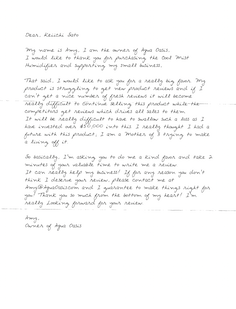1/7 (Fri) - 1/10 (Mon): AIJ paper accepted / Mysterious letter/ BOS / Hilary Hahn / Defoe 1722/ Isoda 2020
1/7 (Fri)
I took online Berlitz lesson in the morning.
—
memo
- deal with ≒ take care
- to take care of: help, solving problem
- Portsmouth, Newburyport
- I give them a big thumbs-up.
- I recommend them wholeheartedly.
- You should steer clear of them.
- Sauna in Boston -> https://holisticspallc.com/ It looks a bit cheaper than other spas in the area. They have some massage and sauna combinations for $100 or a simpler one for $65.
- I enjoy playing tennis.
- We decided to play next week.
—
For the first time in this season, it snowed in Cambridge.
AIJ accepted my journal paper “Extended Development of Microsimulation for Temporary Housing Situations following an Anticipated Tokyo Metropolitan Earthquake - Aggregation and Visualization for the Use of Resident Workshops on the Municipality Level -.” I organized a final draft and submitted it to AIJ ScholarOne system.
I received a suspicious letter. Did I buy a real estate and small business? I was scared.
1/8 (Sat)
I trained my muscle at the MAC gym.
I was tired from training and concerning, so I had rested in my room. After that, I went to the Boston symphony orchestra. Hilary Hahn was great, but I thought about the mysterious letter that I received last night. Here are some youtube video links.
Sibelius : Concerto pour violon (Hilary Hahn)
BEETHOVEN Concerto for Violin and Orchestra - Hilary Hahn, violin; Leonard Slatkin, conductor
Hilary Hahn playing Sonata nr. 2 in A minor from J. S. Bach
1/9 (Sun)
I researched the SSA and Japanese embassy websites and made notes about the mysterious letter. Then, I had lunch with Mr. Watanabe to discuss the countermeasure to the letter.
The property (what I assumed) mentioned in the letter was the humidifier I had purchased. There was no problem. I was so relieved^^/
I read Defoe (1722) and wrote a note. After the 1665 Plague, London had the Great Fire in 1666. I thought it was a typical example of the importance of multi-crisis.
I read Isoda (2020) prologue to chapter2 and wrote a note. He described Benedetto Croce, Italian idealist philosopher, historian, and politician, who had lost his parents in the 1883 Casamicciola earthquake when he was a child. According to Benedetto Croce, all history is contemporary history, by which he means that all serious study of the past is informed by the problems and needs of the writer’s own time.
There were some descriptions of the 1707 eruption of Mount Fuji such as half a month of ashfall, the 1703 Kanto Genroku Earthquake (Sagami Trough), and the 1707 Hōei Earthquake (Nankai Trough).
1/10 (Mon)
I read Isoda (2020) Chapter3 to the closing section. I itemize some memos below.
- The 1680 typhoon hit Tokyo with a storm surge of over 3 meters above sea level, flooding Fukagawa to Ginza.
- After the typhoon, the Yokosuka-han began construction of a large seawall and enforced a tax increase, but the shogunate laid off the daimyo.
- Kazuhisa Tsuboki, a professor at Nagoya University, pointed out that if we assume global warming, four times as many super typhoons could hit Japan in 60 years.
- The author described the relationship between the Saga-han's military reform and the Siebold typhoon. It mentioned how the unprecedented typhoon had affected the modernization of Japan.
- The author's mother experienced the 1946 Showa Nankai Earthquake. The memoirs of Mugi Town were very sad.
- As a lesson from the Great East Japan Earthquake, there was a reference to Fudai Village. Under the leadership of the mayor of the village, disaster prevention work was carried out, and although the village was hit by a tsunami over 20 meters high, there were no fatalities. (link)
After that, I made some questions to ask Shibayama-san and sent him an email.














